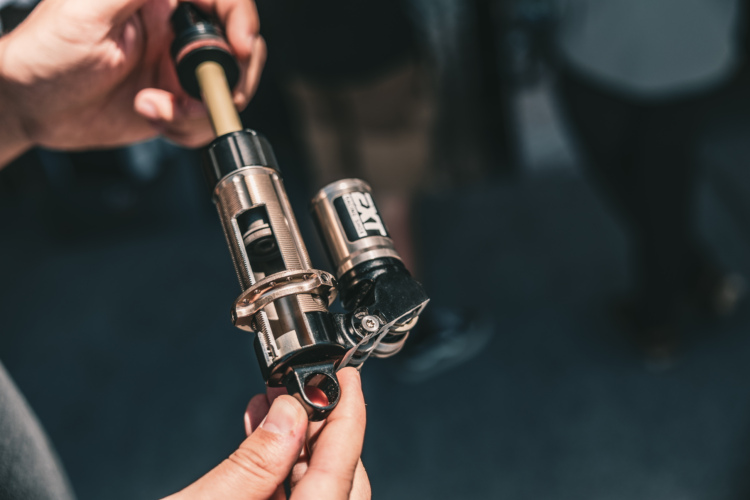
With the current supply shortage, people will buy anything that’s up for sale. #notforsale
Show your Support
Become a Singletracks Pro Supporter today and enjoy benefits like ad-free browsing.
With your support we can provide free worldwide trail information and original content created by our team of independent journalists.









